Mastering YouTube SEO: How to Optimize Your Videos for Search


In the vast and ever-expanding digital universe of video content, where millions of videos are uploaded every day, how can you ensure that your YouTube videos stand out? The answer lies in mastering the art of YouTube SEO (Search Engine Optimization). This powerful tool allows you to not only enhance the visibility of your videos but also attract a broader audience, driving higher engagement and success for your YouTube channel.
YouTube has evolved far beyond a mere video-sharing platform; it’s a dynamic ecosystem where creators, marketers, and enthusiasts converge to share, learn, and entertain. In this comprehensive post, we’ll delve into the tactics, strategies, and techniques that will elevate your videos from the depths of obscurity to the spotlight of search results (hopefully!)
Table of Contents
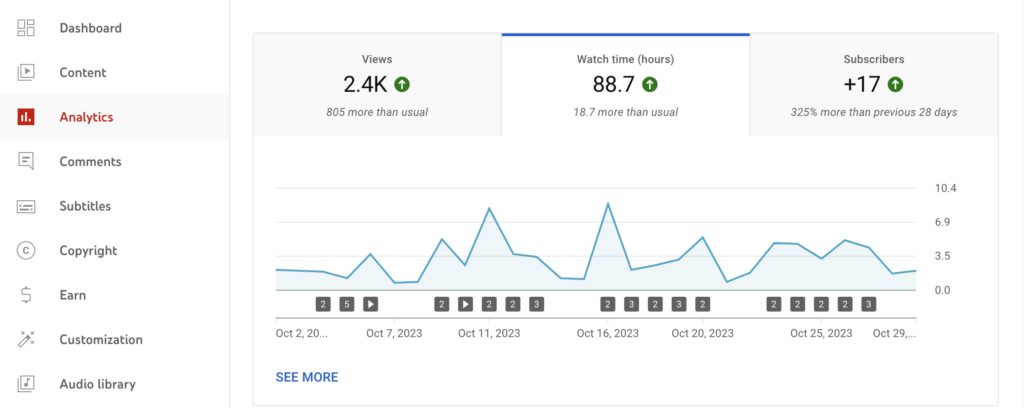
Understanding YouTube's Algorithm for Improved SEO
To successfully optimize your YouTube videos for search, it’s essential to understand the heart of the platform: YouTube’s algorithm. This intricate system determines which videos get recommended, ranked, and promoted, and it’s crucial to comprehend its core principles to enhance your video’s visibility and reach.
At its core, YouTube’s algorithm is designed to deliver the most relevant and engaging content to viewers. It achieves this by analyzing numerous factors related to each video, viewer, and the platform itself. Here’s a simplified breakdown of how it works:
- Content Evaluation: YouTube’s algorithm assesses the content of every video, looking at the title, description, tags, and even the audio and visual elements to identify the video’s subject matter.
- User Activity: The algorithm also considers user interactions such as likes, dislikes, shares, comments, and subscriptions. These actions provide valuable insights into the quality and relevance of your video content.
- Viewer History: YouTube keeps track of a viewer’s history, considering the videos they’ve watched, how much time they spent on each video, and which channels they’ve engaged with. This data helps personalize recommendations.
- Platform-Wide Data: The algorithm uses broader platform data, including trending videos, popular searches, and emerging creators, to make suggestions and rank videos.
Now, let’s discuss why watch time is crucial. YouTube places a strong emphasis on watch time, which is essentially the total minutes viewers spend watching your videos. Videos with higher watch time are considered more valuable, and the algorithm is designed to reward such content.
- Longer Videos: Longer videos often have a higher potential for watch time. If you can create engaging, informative, or entertaining content that keeps viewers watching, it can significantly boost your video’s performance.
- Viewer Retention: Viewer retention is equally important. It indicates the percentage of your video that viewers watch. A higher retention rate suggests that your content is keeping viewers engaged, which is a positive signal for the algorithm.
Engagement metrics such as likes, comments, shares, and subscriptions also play a critical role in YouTube SEO. These actions show that viewers are not only watching but actively participating and connecting with your content. Here’s why they matter:
- Likes and Dislikes: A higher number of likes signals that viewers appreciate your content, while dislikes indicate areas for improvement. Both interactions contribute to engagement.
- Comments: Comments are a direct form of interaction and can provide valuable feedback and insights. More comments often lead to more engagement.
- Shares: When viewers share your videos, it broadens your video’s reach and can attract a new audience.
- Subscriptions: Encouraging viewers to subscribe to your channel builds a dedicated fan base, and subscribers are more likely to watch your future content.
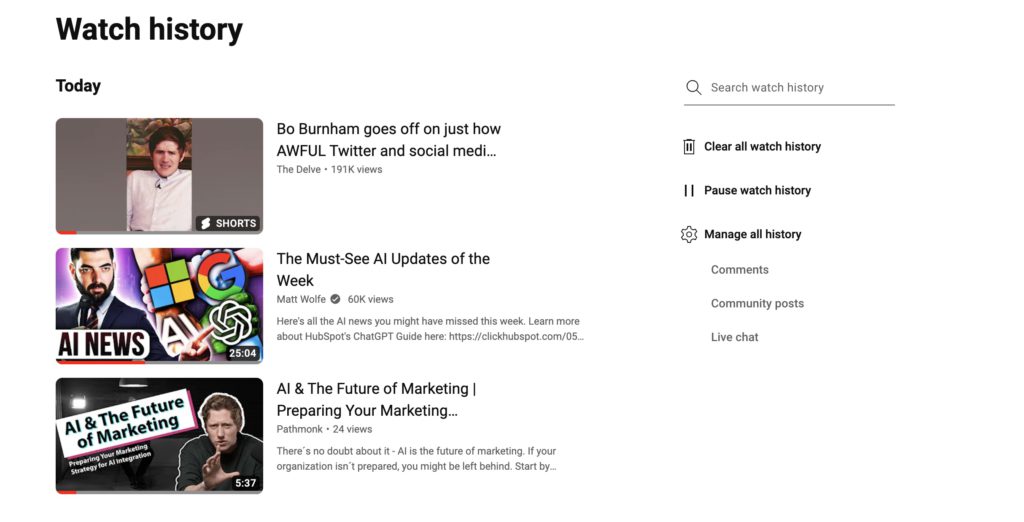
Factors for Virality on YouTube
- Every marketer has been there, right? How do we make our video viral? Though never guaranteed, there are some insights and lesser-known information about the YouTube algorithm that are worth mentioning briefly:
- User Session Watch History: YouTube not only considers an individual video’s watch time but also the watch history of a user’s entire session. It takes into account what videos users have watched consecutively, their interests, and how long they’ve been on the platform during that session. This helps in suggesting videos that keep users engaged for longer periods.
- Click-Through Rate (CTR): CTR, which is the percentage of viewers who click on your video after seeing it in search results or recommendations, plays a vital role. A higher CTR can significantly boost a video’s chances of being recommended. Crafting compelling thumbnails and titles that pique curiosity is key.
- Personalization: The YouTube algorithm is highly personalized. It tailors recommendations based on an individual’s past viewing behavior, location, and device. It also takes into account factors like language preferences and even the time of day.
- Session Starts: YouTube values videos that initiate new viewing sessions. If your video prompts a viewer to start a new session by watching more videos, the algorithm sees this as a positive signal. Encouraging viewers to explore your channel and watch related content can help in this regard.
- Long-Term Trends: YouTube’s algorithm considers long-term trends, not just immediate spikes in views or engagement. Consistent performance over time is more valuable than a single viral video.
- Upload Frequency: If you consistently upload videos at specific times and days, the algorithm might favor your content. It’s like a TV schedule – viewers know when to expect new content from you.
- Session Watch Duration: YouTube measures not only how long viewers watch a single video but also how long they continue watching during their entire session. If your video keeps viewers engaged throughout their session, it signals the video’s quality.
- Video Thumbnails’ Clickable Aspect: YouTube’s algorithm is said to assess the ‘clickability’ of video thumbnails. This means that not only should thumbnails be relevant to the video content, but they should also be designed to attract clicks. Using bright colors, contrasting elements, and clear visuals can make a difference.
10. Caption Quality: High-quality closed captions (CC) or subtitles are not only important for accessibility but also for SEO. Accurate and well-timed captions can make your content more discoverable to a broader audience.
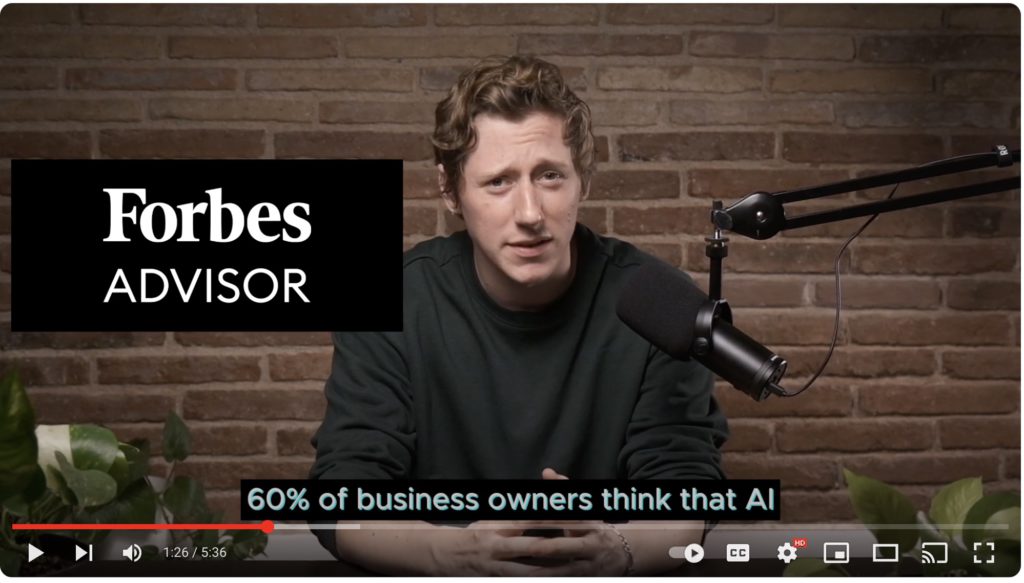
11. Viewer Feedback: Viewer feedback on videos, such as reporting issues, spam, or policy violations, can impact how the algorithm treats your content. Upholding community guidelines and addressing viewer concerns is crucial for maintaining a positive algorithmic reputation.
Keyword Research for YouTube SEO
Keyword research is the bedrock of YouTube SEO. It involves discovering the search terms your target audience uses to find content and will help your videos appear in search results and recommendations by aligning your content with audience interests.
Well-researched keywords contribute to sustained video performance, so it’s worth spending some time in this initial step, as it will get you long-term benefits.
Some tips:
- Employ tools like Google Keyword Planner, Ahrefs, and TubeBuddy for insights on search volume and competition.
- Choose keywords relevant to your content with a balance between search volume and competition.
- Imagine how your viewers search for content and use auto-suggestions for ideas.
Finding Long-Tail Keywords Specific to Your Niche
Long-tail keywords are detailed, niche-specific phrases. They may have lower search volumes but offer less competition.
- Generate long-tail keywords by considering viewer questions, problems you solve, and unique angles.
- Analyze competitor content for overlooked keyword opportunities.
- Leverage auto-suggestions from search engines for long-tail keyword inspiration.
- Consider synonyms and keyword variations to expand your keyword list.
Incorporate long-tail keywords in video titles, descriptions, and tags to boost discoverability among a niche audience. Keep your keyword research up to date to stay aligned with evolving trends.
Video Title Optimization
Your video’s title is the first thing viewers see and is a critical element of YouTube SEO. It serves as a doorway to your content, drawing viewers in and giving them a glimpse of what your video is all about. Here are some tips for creating compelling and keyword-rich titles:
- Include Keywords: Incorporate relevant keywords in your title, ideally near the beginning. This not only aids SEO but also makes it clear to viewers what your video is about.
- Be Descriptive: Your title should be a concise summary of your video’s core topic. Make sure it’s informative and gives viewers a reason to click.
- Evoke Curiosity: Compelling titles pique curiosity. Use phrasing that encourages viewers to find out more, ask questions, or hint at a problem to be solved.
- Avoid Clickbait: While it’s okay to create curiosity, avoid clickbait tactics that mislead viewers. Your title should accurately represent your content.
- Stay Concise: Keep your title under 60 characters to prevent it from getting truncated in search results. A concise title is also easier for viewers to process quickly.
The ideal title length for SEO on YouTube is typically around 60 characters or less. Longer titles might get cut off in search results, making them less effective in conveying your video’s topic. Aim for clarity and brevity while still including essential keywords.
These are some examples of well-optimized YouTube video titles:
- “Photography Tips: Mastering Shutter Speed for Stunning Shots”
- “Healthy Breakfast Recipes: Quick and Nutritious Ideas for Busy Mornings”
- “Digital Marketing 101: Strategies for Boosting Online Visibility”
- “Travel Vlog: Exploring the Hidden Gems of Kyoto, Japan”
- “Tech Review: iPhone 13 Pro Max – Unboxing and First Impressions”
- “DIY Home Renovation: Transform Your Space on a Budget”
- “Effective Time Management Techniques for Productivity”
- “Yoga for Beginners: Relaxation and Stress Relief Techniques”
These titles are clear, and descriptive, and incorporate relevant keywords, making them both engaging and SEO-friendly.
Video Description Strategies
Your video’s description is a valuable space where you can provide context and additional information about your content. It’s more than just a summary; it’s an opportunity to engage viewers, improve SEO, and encourage interaction.
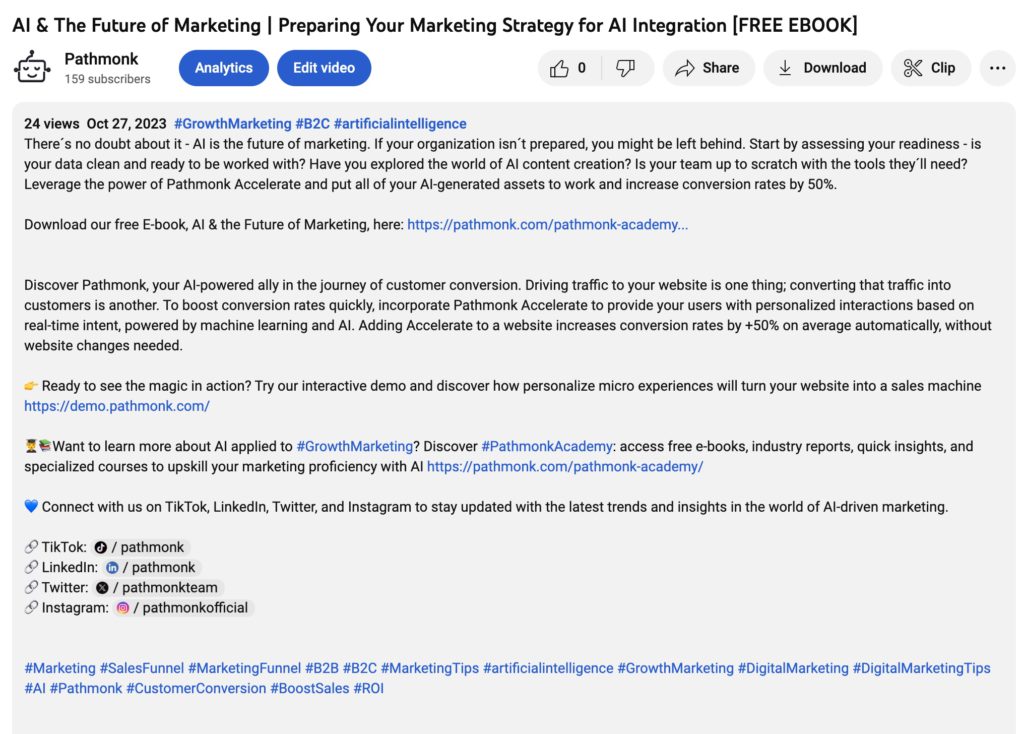
Here’s why it matters so much:
- Context: It gives viewers a better understanding of your video’s content, ensuring they know what to expect.
- SEO Enhancement: Keywords in your description help YouTube’s algorithm comprehend your content and improve your video’s search ranking.
- Engagement: A well-crafted description can inspire viewers to like, comment, share, and subscribe.
While there’s no strict requirement, it’s advisable to aim for descriptions of at least 250 words. This provides enough room to include relevant keywords naturally and offer a concise yet informative overview of your video. Longer descriptions can be beneficial if they genuinely enhance the viewer’s understanding of the content.
So how can you craft engaging descriptions? Keep these tips in mind:
- Keyword Integration: Start your description with primary keywords that accurately represent your content. Include variations and related keywords as well.
- Engage and Inform: Provide a brief but engaging summary of what your video covers. Address the ‘what,’ ‘why,’ and ‘how’ of your content.
- Links and Social Media: Include links to related content on your channel or website, along with links to your social media profiles.
- Calls to Action (CTAs): Encourage viewers to like, comment, share, and subscribe. Use compelling CTAs that prompt engagement.
- Timestamps: If your video has multiple sections, use timestamps in the description to help viewers navigate to specific parts of the video.
You can also use your description box to promote special freebies, merchandise, or premium content. Get creative and make the most of this promotional space.
Tagging for Success
Tags are the invisible labels that help YouTube’s algorithm understand the content of your video. They play a pivotal role in SEO, guiding the algorithm to recommend your videos to the right audience. In this section, we’ll describe the importance of relevant tags, provide insights into using a mix of broad and specific tags, and explain how to choose tags that match your content:
Tags are the bridge between your video and potential viewers. They serve several essential purposes:
- Algorithm Understanding: Tags help YouTube’s algorithm categorize and understand the content of your video, enabling it to suggest your video to viewers interested in that topic.
- Searchability: Relevant tags make your video discoverable in search results when viewers look for specific topics.
- Viewer Expectations: Tags set expectations for your content. They need to accurately reflect the subject matter of your video to prevent viewer disappointment.
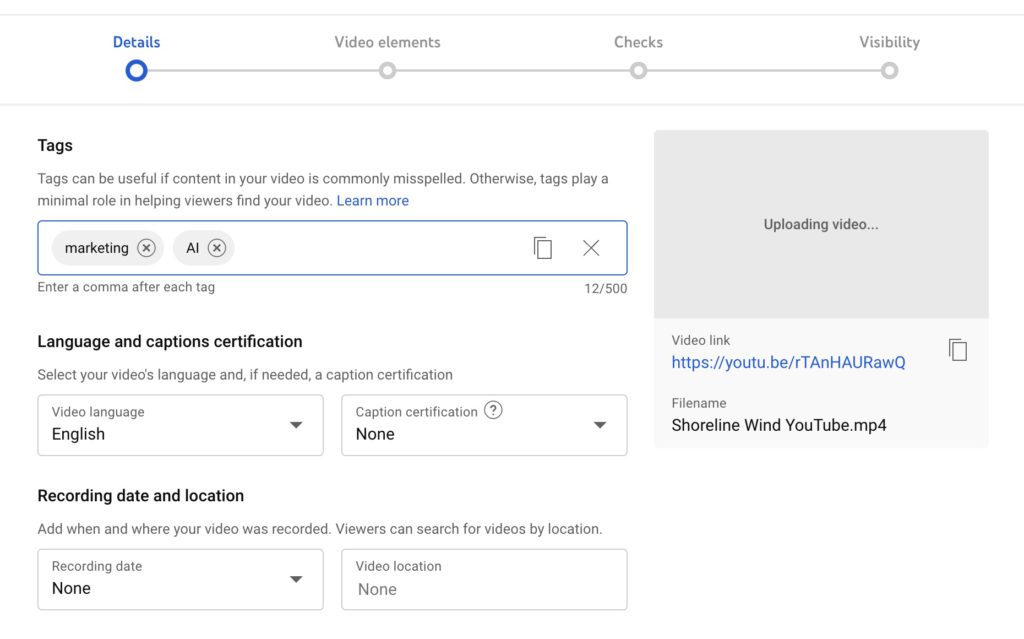
Here are some insights into how to make the most of your tags:
- Research: Start by conducting keyword research to identify relevant tags. Tools like Google Keyword Planner or YouTube’s built-in tag suggestions can be helpful.
- Focus on Accuracy: Ensure that your tags accurately describe the content of your video. Misleading or irrelevant tags can negatively impact your video’s performance and viewer trust.
- Variation: Use synonyms, variations, and combinations of keywords. This casts a wider net for potential viewers searching for content related to your video.
- Competitor Analysis: Analyze the tags used by competitors or creators in your niche. While you shouldn’t copy them outright, it can provide inspiration and insight into effective tags.
- Broad Tags: These are general keywords related to the overarching topic of your video. They help attract a wide audience. For instance, if your video is about photography tips, a broad tag might be “photography.”
- Specific Tags: These tags should be highly specific and related to the niche aspects of your video. Continuing with the photography example, specific tags could include “night photography tips” or “portrait photography lighting.”
- Complementary Tags: Don’t forget to include tags that are related to the broader theme of your channel. If you regularly create content about photography, “photography tutorial” or “photography gear” could be complementary tags.
- Location Tags: If your video is location-specific, consider including location-based tags. For example, if you’re showcasing photography spots in New York City, use tags like “New York City photography locations.”
Incorporate a mix of relevant, accurate, and diverse tags to guide the algorithm to the right audience for your content.
Thumbnail Magic
Custom thumbnails are the visual gateway to your video’s content. Custom thumbnails are not just decorative; they are critical as they serve as the first impression and a powerful tool for improving your video’s click-through rate.
Some tips on how to create eye-catching and clickable thumbnails:
- High-Quality Imagery: Use clear, high-resolution images that represent your video accurately. Blurry or pixelated images can deter potential viewers.
- Contrasting Colors: Bold, contrasting colors help your thumbnail stand out. Ensure the text and visuals are easily visible.
- Relevance: Your thumbnail should align with the content of your video. Misleading or irrelevant thumbnails may attract initial clicks but lead to viewer dissatisfaction.
- Text Overlays: If you include text on your thumbnail, make it concise, legible, and relevant to the video’s topic. This can provide additional context and pique interest.
- Consistency: Maintain a consistent style for your thumbnails to build brand recognition. This helps viewers identify your content among a sea of videos.
Remember: the right thumbnail can be the difference between someone scrolling past your video and deciding to click and watch. Invest time and effort in crafting thumbnails that accurately represent your content and capture the essence of your video.
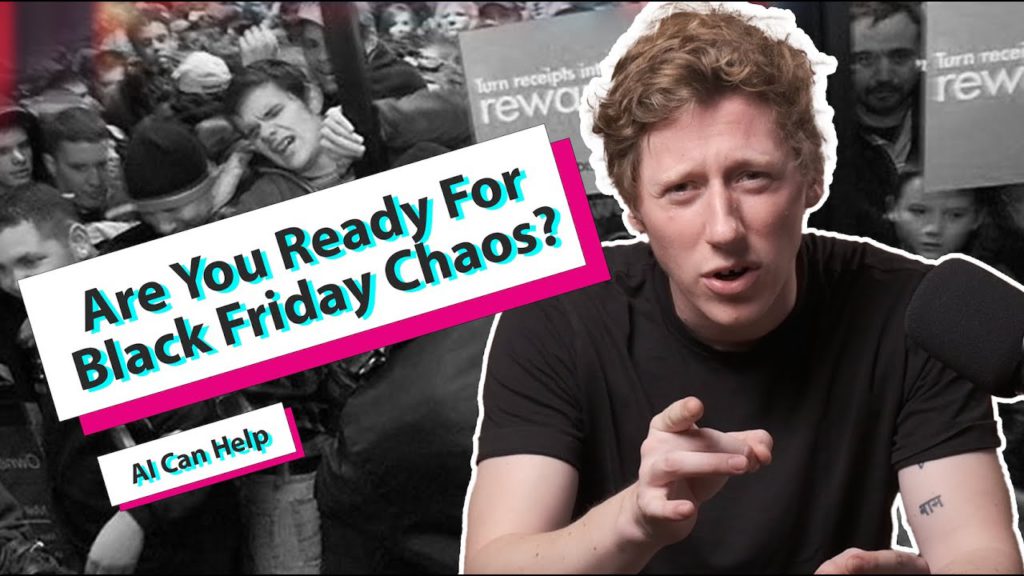
The Power of Engagement
Engagement metrics, such as likes, comments, shares, and subscriptions, are the lifeblood of your YouTube channel’s success. Here’s why they hold sway over your SEO:
- Algorithmic Significance: YouTube’s algorithm pays keen attention to engagement metrics. Videos with higher engagement are more likely to be recommended, leading to increased visibility.
- Sustained Success: Engaging videos tend to have a longer shelf life, continuing to attract viewers and engagement over an extended period.
- User Satisfaction: Viewer engagement reflects the quality and relevance of your content. Satisfied viewers are more inclined to return to your channel and explore your future videos.
Strategies for Encouraging Likes, Comments, Shares, and Subscriptions
Engagement strategies are fundamental to building a thriving YouTube channel. Here’s how to cultivate these interactions:
- Effective Call to Action (CTA): Politely but clearly request that your viewers like, comment, share, and subscribe. Provide compelling reasons, such as joining a vibrant discussion or receiving updates on your latest content.
- Value-Centric Content: Your content must offer value, whether it’s information, entertainment, inspiration, or a combination of these. Engaged viewers are more likely to reciprocate when they find something meaningful in your videos.
- Engagement-Focused Replies: Respond thoughtfully to comments on your videos. This not only fosters further discussion but also signals to YouTube that your video is engaging and merits promotion.
- Community Cultivation: Foster a sense of community among your viewers. Encourage open discussions, recognize and appreciate loyal subscribers, and support collaboration between your audience members.
- Collaborative Ventures: Collaborate with other content creators or influencers in your niche. Cross-promotion can draw their audience to your channel, generating more engagement.
The Importance of Early Engagement
Early engagement during the initial hours or days after uploading your video can set the tone for its overall success:
- Algorithmic Momentum: YouTube’s algorithm places considerable weight on early engagement. A strong start can result in your video being more widely promoted and recommended.
- Viewer Perception: Viewers often gauge a video’s quality and interest by the number of likes and comments it has. A video with substantial early engagement can inspire others to engage as well.
- Improved Recommendations: Videos with early engagement are more likely to appear in viewers’ “Up Next” or “Recommended” sections, enhancing the odds of being watched.
To ensure early engagement, promote your video on social media platforms, inform your subscriber base about the new upload, and generate anticipation. Kickstarting engagement in the crucial initial phase can have a cascading effect on the performance and visibility of your video.
Advanced Techniques for YouTube SEO
Mastering YouTube SEO goes beyond the basics. Using advanced techniques can give your channel a substantial edge.
Benefits of Closed Captions (CC) for SEO
Closed captions are not just an accessibility feature; they hold numerous advantages for SEO:
- Enhanced Search Visibility: Captions provide YouTube’s algorithm with textual content to understand your video’s context and topics. This can result in improved search rankings.
- Broader Audience Reach: Captions make your content accessible to viewers who are deaf or hard of hearing and those who prefer to watch videos in silence. This inclusivity can attract a larger audience.
- Keyword Opportunities: You can include relevant keywords in your captions, expanding the chances of your video being discovered for those terms.
- Global Appeal: Captions can be translated into multiple languages, increasing your video’s appeal to a global audience and broadening your SEO reach.
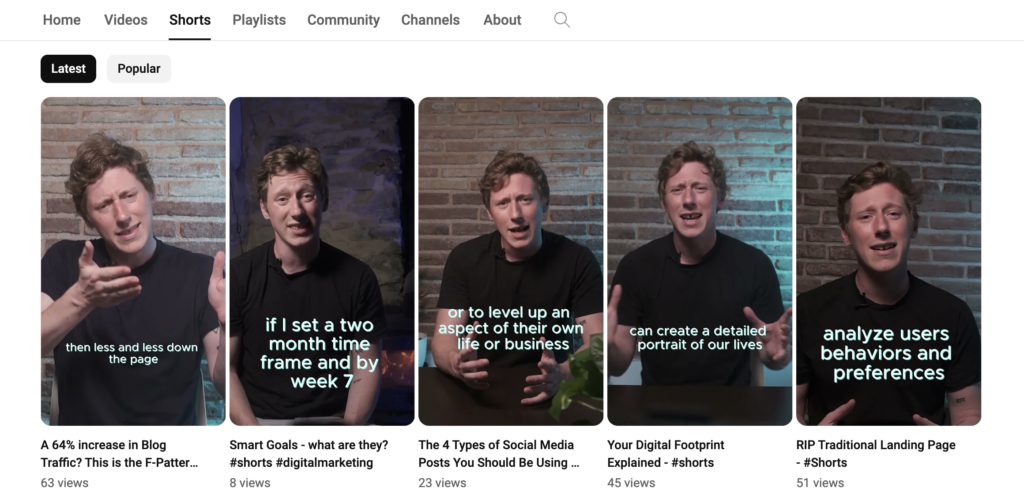
Using YouTube Cards and End Screens
YouTube Cards and End Screens are powerful tools to engage viewers and promote your content:
- YouTube Cards: These interactive elements allow you to insert clickable links to other videos, playlists, merchandise, and websites directly within your video. Encourage viewers to explore more of your content or take specific actions, such as signing up for a newsletter.
- End Screens: These are the closing segments of your video where you can feature elements like subscribe buttons, related videos, and playlists. They keep viewers engaged with your channel after watching a video.
When used strategically, YouTube Cards and End Screens can boost viewer retention and channel exploration, contributing to better SEO and channel growth.
How to Utilize Playlists and Group-Related Content
Playlists are a versatile tool for organizing and presenting your content effectively:
- Grouping Related Content: Create playlists that group related videos together. This not only helps viewers find more of your content but also encourages longer viewing sessions, which positively affect your SEO.
- SEO Optimization: Use keyword-rich titles and descriptions for your playlists. When a viewer watches one video in a playlist, the algorithm is more likely to suggest other videos from the same playlist.
- Curated Experiences: Curate playlists that guide viewers through a specific topic, journey, or learning experience. This enhances user satisfaction and engagement.
- Promote Playlists: Feature playlists on your channel homepage, in video descriptions, or on your End Screens and Cards to direct viewers to more of your content.
The Human Element of YouTube
Building a loyal audience involves more than just SEO techniques; it’s about creating a genuine connection with your viewers.
Some insights into how to build and nurture an engaged audience:
- Consistency is key to building a dedicated audience. Regularly upload new content on a predictable schedule. This not only keeps your current audience engaged but also sets expectations for new viewers.
- Define your unique style and brand. Your personality, the way you present content, and your values all contribute to your brand. Viewers are drawn to creators they can relate to and trust.
- Be yourself. Authenticity is a cornerstone of audience trust. Share your real experiences, opinions, and stories. Viewers connect with genuine creators.
- Interact with your audience through comments, live streams, social media, and community posts. Building a sense of community around your channel fosters loyalty.
Collaborating with fellow YouTubers can also be a game-changer for your channel. To master this strategy, consider the following:
- Cross-Promotion: Collaborations allow you to tap into each other’s audiences, exposing your content to a new set of viewers who are more likely to engage with your videos.
- Diverse Expertise: Collaborators bring different expertise and perspectives to your content. This can lead to unique and appealing videos.
- Variety of Audiences: By collaborating with creators in related niches, you can reach audiences with similar interests but varied content preferences.
- Mutual Support: Collaborators can provide valuable support, from sharing your videos on their platforms to co-hosting live events or challenges.
Remember that collaboration should be mutually beneficial and align with the interests of both creators and their audiences. Building relationships with other YouTubers can expand your reach and create a sense of camaraderie among creators. This, in turn, can strengthen audience loyalty and contribute to the growth of your channel.
More Sales From Your Website With AI
Personalized interactions based on your users' behaviour to get +50% more conversions.
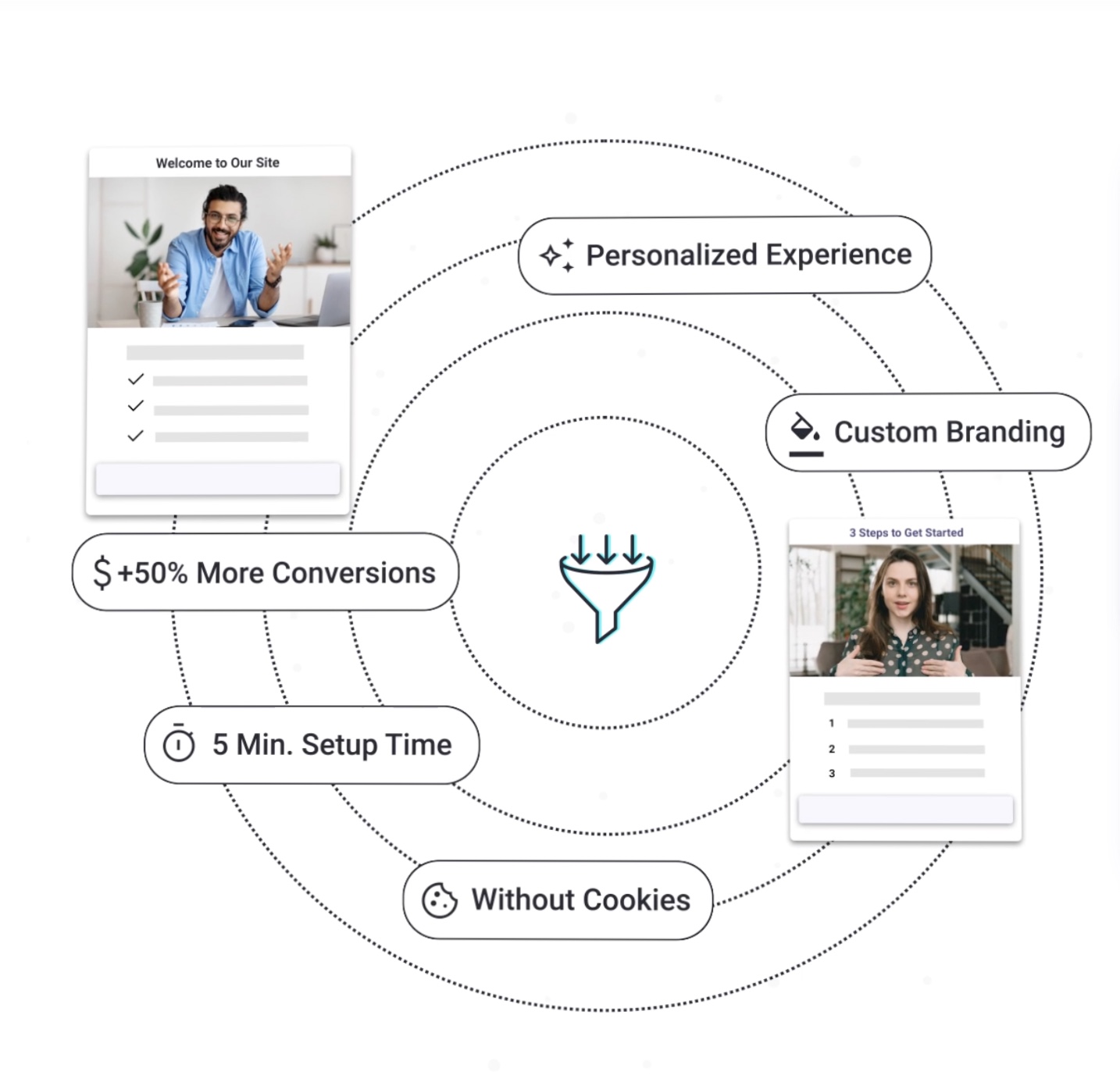
Conclusion
Mastering YouTube SEO is a journey that empowers you to reach and resonate with your target audience in a crowded digital landscape. By understanding the intricate workings of YouTube’s algorithm and implementing effective optimization strategies, you’re not just creating videos, but crafting a pathway for viewers to discover and engage with your content, even in the long term!





